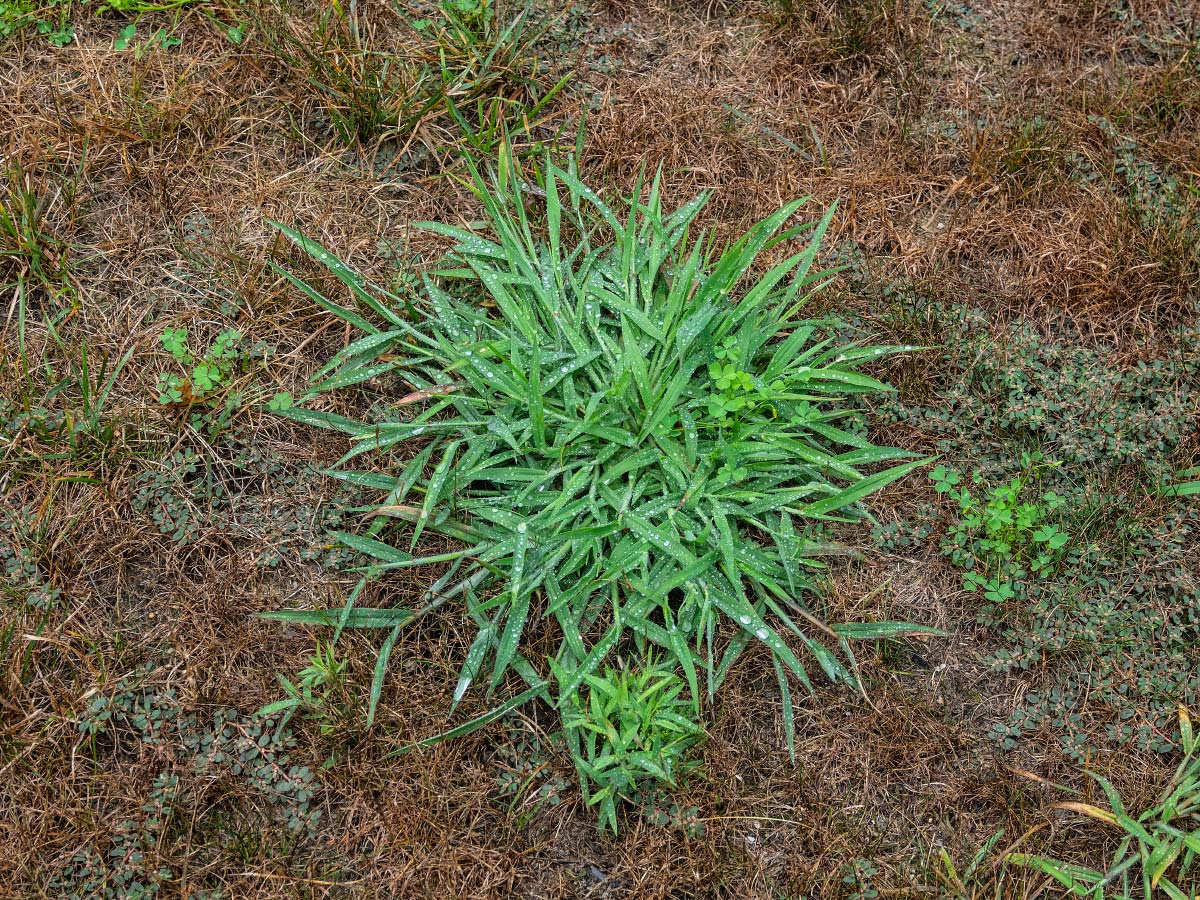
We’ve all seen crabgrass before, even if we didn’t know its name. Whether on a lawn, along a driveway, or out of a crack in the sidewalk, these weeds are notoriously tough to combat. Because it spreads thousands of seeds throughout its lifespan, the weed spreads quickly and aggressively, even from one lawn to the next. They also grow low on the ground, meaning that they escape the mower blade. These pesky weeds even hold up well with high amounts of foot traffic and do not mind being tread upon. While this all sounds like bad news, the good news is that there are ways to fight against it. Since spring is right around the corner, now is the time to start planning ahead to get rid of crabgrass.
When Is The Right Time?
Crabgrass flourish in the summer heat. That’s why the best strategy against it is to stop its growth in the spring. Crabgrass spreads through seeds, meaning that if you can stop the seeds from germinating, you can end the infestation. According to the Soil and Microbial Sciences Department of Michigan State University, crabgrass seeds begin to germinate once the soil reaches about 50 to 55 degrees Fahrenheit. You can buy an inexpensive soil thermometer to check the temperature of your lawn. Once the soil nears this threshold, apply a crabgrass preventer or a fertilizer with a crabgrass preventer. Try to do this right before a rain shower, which will help the fertilizer and preventer to work into the soil.
It’s important to get the timing right. Apply the treatment too early and the herbicide’s active ingredients will be broken down prematurely, rendering it ineffective on the crabgrass. Apply it too late, and crabgrass seeds have already germinated and grown into seedlings. At this point, the pre-emergence treatment will be completely useless. We recommend erring on the side of caution and applying the herbicide earlier rather than later.
What’s Next?
You’re not done yet! Most crabgrass preventers have a life of about 50 days, although lifespans can vary based on the brand. After this time frame, re-apply another layer where crabgrass tends to thrive, such as along driveways and walking paths. The soil in these areas absorb more heat and encourage the growth of crabgrass.
If you see crabgrass growing, pulling them out is a good idea. However, be careful not to pull out mature crabgrass, which will only spread more seeds. Mature crabgrass has thin, forklike protrusions with dozens of seeds in them.
What About My Regular Grass?
Pre-emergence crabgrass treatments will also kill good grasses, such as bluegrass or ryegrass. For this reason, if you choose to use this type of herbicide, you cannot seed. What you can do, however, is to seed in late summer or early fall. The key is to keep the two tasks at least 8 weeks apart.
Crabgrass is not easy to handle. If you find that you do not have the time or physical energy to combat crabgrass, we recommend reaching out to a reliable and experienced lawn care company, such as Giovine Landscaping. A team of professionals in the industry can examine your lawn and provide you with the best plan of action against crabgrass.
Do some research today while you have some buffer time before spring arrives. Look into soil thermometers or the right type of crabgrass treatment for your lawn. Speak to a professional in lawn care for their recommendations. Schedule an appointment. It’s never too early to start thinking about how to fight crabgrass.